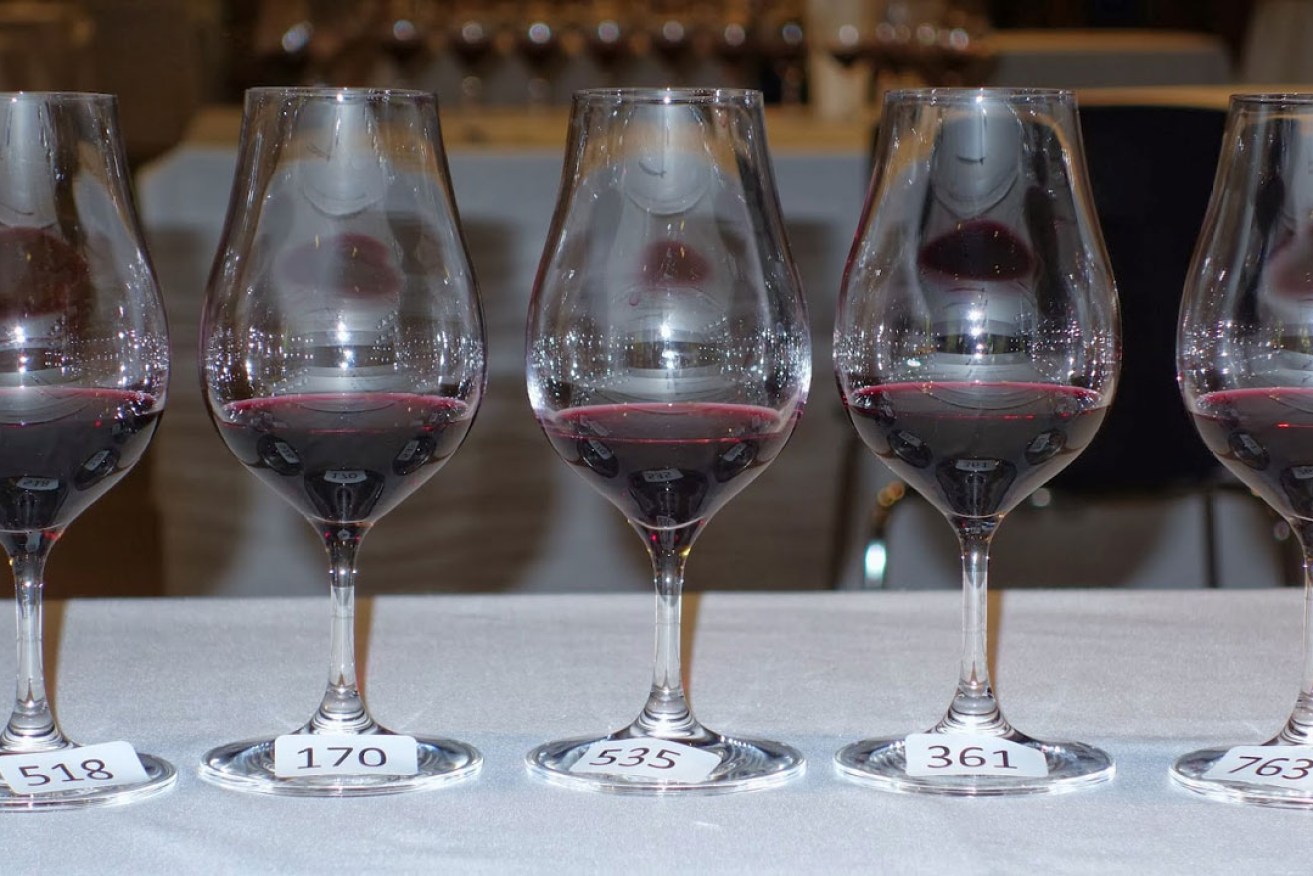The price of gold in the wine world
Whitey considers the current tendency among wine critics and publishers to award more wines higher scores.


Everybody wants a gold star. Photo: Philip White
“If you’re not a good farmer in this country, you just don’t survive,” the respected ABC Landline reporter, Pip Courtney, recently told us.
After the release of James Halliday’s latest guide to the wines and wineries of Australia came the annual frisson of excitement about the large number of wineries awarded five stars.
It would seem James and his team believe that most wineries that survive are pretty good, too.
Of the 2800 wineries on his list, he awarded some 486 of them five stars, whether black or the more desirable red ones.
This is unlike, say, the attitude the mighty Michelin Guide shows the restaurants of the Old World, where the highest award is three stars. Of the 5000-plus restaurants in Paris, for example, Michelin’s anonymous inspectors generally regard only about 10 of them to be worth the three brightest stars in food heaven.
Since the embargo lifted, on October 6, for reviews of the new Penfolds Grange, the 2012, that frisson about very high scores spread to a minor outbreak of bitchery. Too many critics, it seems, awarded the wine very high points.
While reviewing any Grange is a task certain to earn very tight scrutiny – I was content to liken it to a fit young Henry VIII in full plate armour – this matter of awarding scores is back in the digital chat big-time.
Funny old thing, the notion of awarding alcoholic drinks, and their makers, a score, like kids used to get at school.
In my very early days, for example, at Winestate magazine, I inherited a three-star system for ranking wines. This seemed rather confining to the young editor. After having three or more highly regarded winemakers individually examine and rank the wines, and then discuss them so their comments could be crashed together into one brief review, it seemed rather wasteful of that combined intelligence to then rate the better wines only three possible awards.
This, however, was about all many consumers appeared to need.
When I went on to Wine and Spirit Buying Guide, the other booze magazine of the early ’80s, I changed that organ’s three-star system to five stars. This was directly related to the average scores of the judges employed on each tasting: an average of 16/20 was worth one star, 17, two; 18, three; 19, four; and the rare perfect score, 20/20 got five.
While a well-intentioned stab at something more rigorous, for a journal reliant on winebiz advertising this was a commercial disaster: nobody, including the readers, wanted one or two stars.
Since the publication last week of my review of that mighty new Grange, folks have given me a mild lashing for my lack of a numerical score.
“Like Whitey, I read your reviews,” they’ll typically say, “but before I decide which wine to buy, I always depend in the end on a score.”
So despite the critic sitting with an opened wine for several days, examining its every aspect and nuance, then composing a verbal description of the reactions, dreamings and hunger each of the most impressive drinks trigger, some readers remain reluctant to spend the money without having sufficient numbers or stars to drive the hand to the wallet.
My reaction is a generally rather curmudgeonly suggestion that your actual reading must be a lost skill: what we accurately called English comprehension at school now seems a talent vanishing to the wiles of time. First, the teachers lost it; now the students.
Perhaps it’s telling that said study was a delight to the little Whitey. Maybe there was nowhere left to go but obscurity as the ranking of students gradually became unfashionable: everybody wants five stars, so increasingly, everybody gets them.
If you remove the importance of a realistic numerical appraisal of the performance of a student, or a wine, it looks to me that all we then have left is an understanding of the language used in a summary of their completed work.
While the scoring of wine is far from a reliable science, and increasingly remains beyond me, forgive this writer for retreating to the preferred field: the exercising of the Australian English tongue.
When James Halliday’s Companion hits annually, common winemakers’ reactions reinforce my tragic, paranoid suspicion that the only things many of them read are about themselves or rivals they dislike.
I suspect this scenario extends, too, to civilian readers: keen to keep the samples flooding in and the publishers happy, the so-called critics stay very aware that even the literate punters have favourites which they love to see rewarded with starry or numerical bling.
Which leaves me with two sour conclusions. While the scores awarded by Halliday obviously suggest he regards grape farmers and wine manufacturers pretty much as Pip Courtney summarises other farmers, he has available the tasty notion of one day adopting the gold-star rating above and beyond his black and more recent red ones.
In the printing and publishing world, the price of gold-looking ink gradually decreases.
But until we see winemakers reacting to the loss of a single star (or to their demotion from gold to red or black) in the same way French chefs do, to my mind the Michelin Guide remains the most influential.
Leaving me pretty much content with drawn-out examination and contemplation, and then some actual writing, as opposed to ranking with numbers or even less complex baubles.
drinkster.blogspot.com




